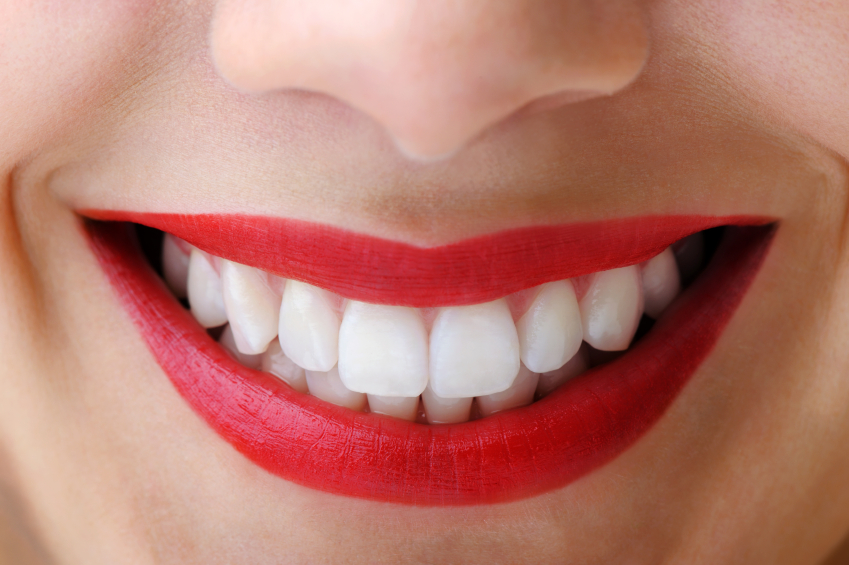Scientists discover a way to avoid teeth fillings that proves teeth can be regrown
01/16/2017 / By Ethan Huff

Treating cavities with standard dental fillings may soon be a thing of the past, thanks to new research showing that damaged teeth have a natural ability to heal on their own. Researchers from England have shown in new animal trials that, when exposed to a substance known to aid in mineral delivery and dentine formation, tooth cavities will naturally regenerate and seal themselves without the need for mercury-based amalgam, porcelain, cement, or some other synthetic material.
At King’s College London in England, a team of scientists began experimenting with a substance known as Tideglusib that is already undergoing trials as a potential remedy for Alzheimer’s and other forms of dementia. Though the drug has yet to show any promise for this specific purpose, it is showing promise in another: the natural regeneration of damaged teeth.
The typical approach for dealing with tooth decay is to drill it out and fill it in, a process that over time can cause problems to dental pulp — in a worst-case situation resulting in the need for a root canal. But Tideglusib has created avenues for a new approach that involves providing a damaged tooth with the restorative tools it needs to heal damaged pulp and reseal on its own, all using the natural stem cells that teeth already possess to do this.
Helping to usher in what Paul Sharpe, a professor of craniofacial biology at the Dental Institute of King’s College London in England, says is “a new era of regenerative medicine,” Tideglusib effectively activates these stem cells, resulting in the damaged inner pulp and the protective layer around it, known as dentine, being fully restored. (RELATED: Learn about the benefits of holistic dentistry at HolisticDentistry.news)
The power of the elements: Discover Colloidal Silver Mouthwash with quality, natural ingredients like Sangre de Drago sap, black walnut hulls, menthol crystals and more. Zero artificial sweeteners, colors or alcohol. Learn more at the Health Ranger Store and help support this news site.
“Teeth have a limited ability to repair themselves by activating their own stem cells,” Sharpe is quoted as saying by CBS News adding that this “natural repair” is “greatly enhanced by delivery” of Tideglusib.
Regenerative endodontics is dentistry of the future
In test mice, Sharpe and his team intentionally drilled tiny holes in the animals’ teeth that resulted in the formation of decay. They then inserted biodegradable collagen sponges containing tiny doses of Tideglusib, a small molecule GSK3 antagonist. Over the course of six weeks, the sponge degraded and was replaced by new dentine — a “complete, natural” repair, according to reports.
“The sponge is biodegradable; that’s the key thing,” Sharpe told BBC News about the results. “The space occupied by the sponge becomes full of minerals as the dentine regenerates so you don’t have anything in there to fail in the future.”
Though the results of this animal trial are preliminary, the findings have significant implications for what New York dentist Dr. Ronald Burakoff describes as “regenerative endodontics,” a new field of restorative dental practice that relies upon more natural methods of healing tooth decay. Since teeth are precious and irreplaceable — at least living teeth that function as fully intended — protecting them as opposed to drilling them is a key feature of where the field is headed.
As to when patients might start seeing Tideglusib at their local dentist, it will likely be at least a few more years. The American Dental Association (ADA) has indicated that it’s “too soon” to know whether or not the procedure has any viable clinical application. But if the drug is truly safe and works in animals, it will likely have similar benefits in humans.
Until then, people can continue using other natural restorative techniques such as coconut oil pulling that already show efficacy and are easily and affordably accessible.
“We are going to see a whole basket full of regenerative techniques in the next few years,” Dr. Burakoff says about the potential for this type of research to positively impact modern dental practice.
Sources:
Tagged Under: cavities, dentistry, tideglusib




















